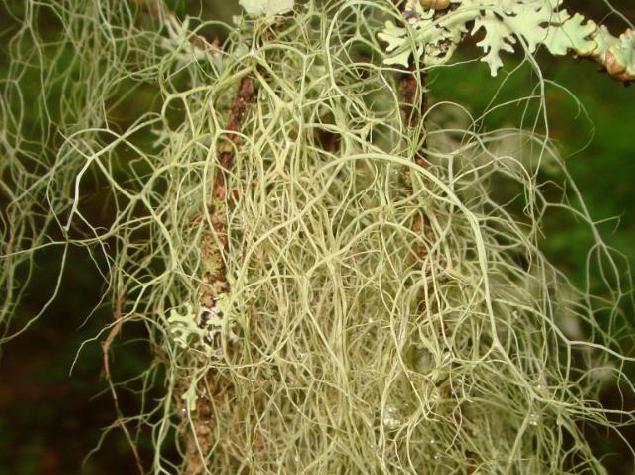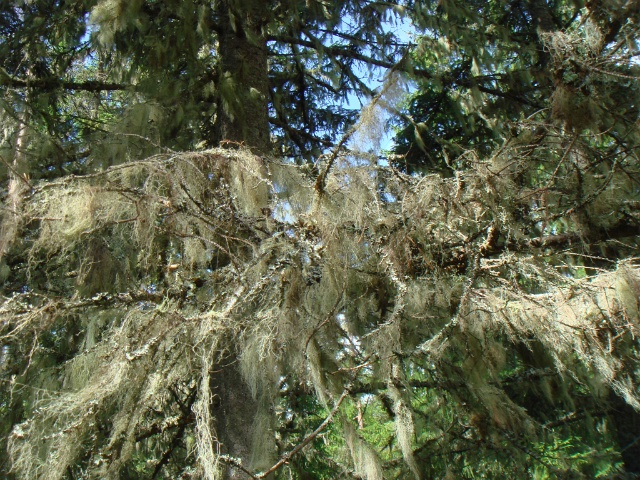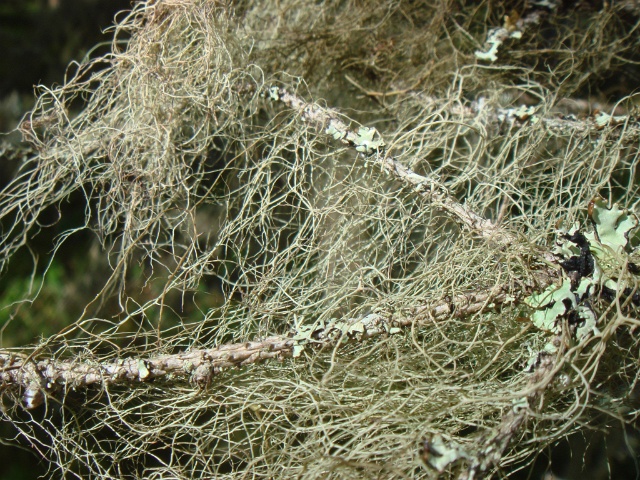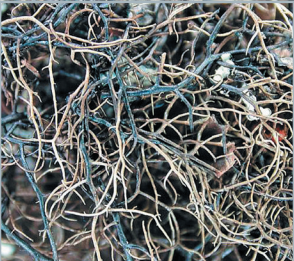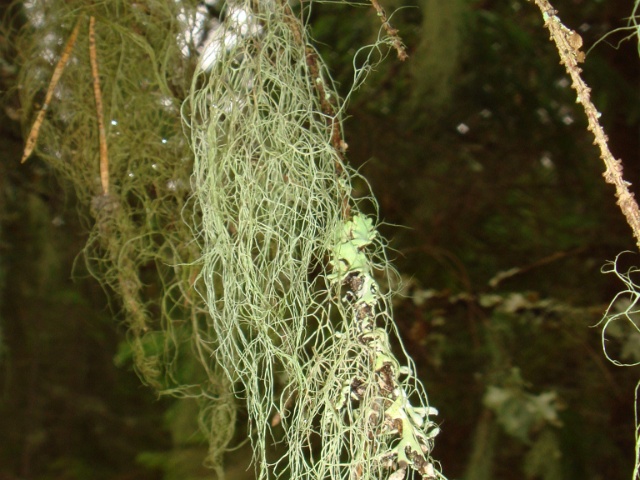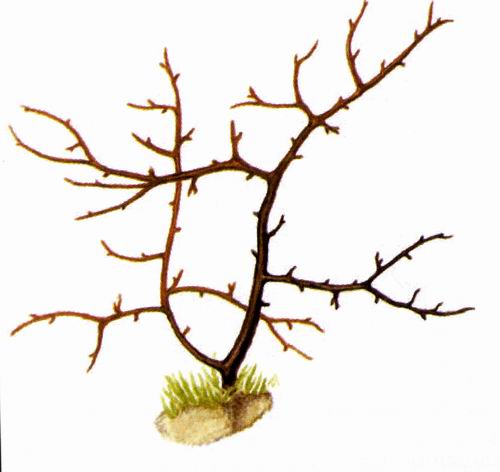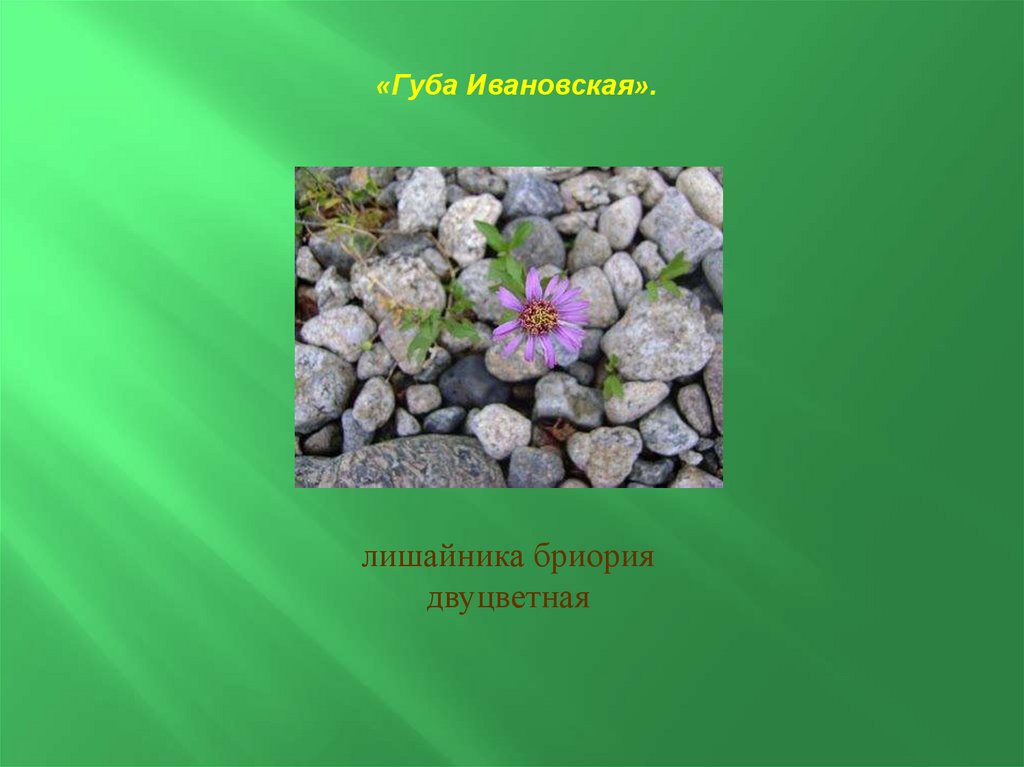Growing place of brioria bicolor near Viddpahk mountain
Material details
Murmansk region, Lovozero district, 180 km southeast of the regional center of the city of Murmansk, 72 km east of the regional center of Lovozero village, 55 km north of Krasnoshchelye village.
The state natural monument is located within the following boundaries: from the confluence of an unnamed stream from the left bank of the Rova River (north of an altitude of 260.4) in a straight line 4 kilometers 650 meters northwest to an unnamed height 1 kilometer 300 meters west of Mount Viddpahk , then in a straight line 2 kilometers 250 meters northeast to the southernmost point of an unnamed lake, 1 kilometer 400 meters north-northeast of Mount Viddpahk, then in a straight line 4 kilometers 770 meters southeast to an altitude of 288.3, then in a straight line 1 kilometer 650 meters south to the crossing of the border of the reindeer farms "Tundra" and "Reindeer" (reindeer fences) with an unnamed stream flowing from the left bank into the Rova River, then 2 kilometers 200 meters along the border of the reindeer farms "Tundra" and "Reindeer breeder" (along the reindeer fence) to the south-west until this border (fence) crosses the left bank of the Rova River and further along the left bank of the Rova River upstream to the point from which the border description began - and has 1500 hectares.
Main settlements
Krasnoshchelye settlement
Date of formation
02/18/2009
Terms and conditions of visit
On the territory of the state natural monument, it is prohibited:
1) allotment of land for any type of use;
2) a change in the environmental regime when the order of land use changes;
3) water outlets;
4) plowing of land;
5) purposeful driving of domesticated reindeer in the period from May 1 to October 31, grazing other types of livestock;
6) all types of felling of forest and shrub vegetation, any damage to trees and shrubs;
7) preparation of branch feed;
 any damage to the soil and ground cover;
any damage to the soil and ground cover;
9) any actions leading to a decrease in the projective cover of the grass-dwarf shrub and / or moss-lichen layer or the loss of certain species of plants, fungi and lichens from its sites;
10) search, exploration and extraction of minerals, moss, reindeer lichen, peat, sapropel; drilling and blasting and mining operations, as well as scientific research related to their implementation;
11) planting and growing any plants that are not found on the territory of the state natural monument in a natural state;
12) the use of any pesticides, mineral fertilizers, plant growth stimulants;
13) changes in the hydrological regime of the territory, all types of reclamation and irrigation works;
14) any new construction, laying of new roads and any other communications;
15) any pollution of water bodies (including washing of motor vehicles in water bodies);
16) the stay of people on the territory of the natural monument in the period from May 1 to August 30, with the exception of cases related to service and production needs;
17) setting up tourist camps and making fires, with the exception of making fires by persons who are on the territory of the state natural monument for business or production needs;
18) littering and pollution of the territory;
19) storage and disposal of any waste;
20) movement and parking of any types of vehicles (except snowmobiles) and tracked vehicles during the period without the permission of the Committee for Natural Resources and Environmental Protection of the Murmansk Region, except for cases of extinguishing forest fires, providing medical assistance to victims, carrying out rescue work, performing official duties of law enforcement and environmental authorities;
21) hunting.
as well as any other types of activity, except for:
1) recreation without setting up tourist sites and making fires in the period from September 1 to April 30;
2) fishing in accordance with the regulations governing fishing in the Murmansk region;
3) picking mushrooms and berries in the manner prescribed by law, except for the period when the stay of people on the territory of the state natural monument is limited;
4) scientific research not related to the violation of the protection regime of this natural monument, which does not violate the natural functioning of natural complexes.
Object category
specially protected natural area
Object type*
natural monument
Object subtype
unique landscape
Total area (ha)
1500
Territory status
current regional significance
Thematic status
botanical
Flora
Brioria bicolor - Bryoria bicolor (Ehrh.) Brodo & D. Hawksw.
Tags
Mount Viddpakhk, r. Rova
User
Description
The territory of the natural monument is occupied by a number of hills, some of them are covered with tundra vegetation, some are covered with birch thickets up to 3.5 meters high, and several swampy small streams and lakes. In areas free from swamps between hills, a species of lichens, rare for the Kola North, listed in the Red Book of the Murmansk Region, grows - brioria bicolor (Bryoria bicolor). At the moment, this is the only known habitat of the brioria bicolor. In dry areas, there are large numbers of shrubs - blueberries and crowberries. In the vicinity of the monument, there are herds of domesticated reindeer, in addition, the bog complex on the territory of the monument is a food base for many birds of prey on the eastern Kola Peninsula.
The average monthly temperature in the area of the monument is 12 ° C for the warmest month and -14.3 ° C for the coldest. Annual precipitation is 376 mm.
"The place where Brioria bicolor grows near Mount Vidpakhk" became one of the last three natural monuments established in the Murmansk region (together with the monuments "Guba Ivanovskaya" and "Bird markets of the Dvorovoy Bay"). The decree on the assignment of the status was signed by the Government of the Murmansk region on February 18, 2009.
Red Book view
Bryoria fremontii in the Red Book of the Russian Federation
Classification: Major groups> Fungi, lichens and fungus-like organisms> Ascomycota> Lecanoromycetes> Lecanorales> Parmeliaceae> Bryoria
| Taxon | Bryoria fremontii (Brioria Fremonta) |
| Russian name | Brioria Fremont |
Legal status
| Document | Application | date | Taxon number | Specified as | Status | Category | Additionally |
|---|---|---|---|---|---|---|---|
| On approval of lists (lists) of flora objects included in the Red Data Book of the Russian Federation and excluded from the Red Data Book of the Russian Federation (as of June 1, 2005) | 1 | 2005-10-25 | 591 | added |
Descriptions
| Edition | RV Kamelin et al (2008) Red Data Book of the Russian Federation (plants and fungi). M .: Partnership of scientific publications KMK 855 PDF |
| The taxon is listed as | Bryoria fremontii |
| Category | 3 b: Rare species. Sporadically distributed over large areas, confined to old-growth coniferous forests. |
| Morphological description | Thallus 10-50 (usually about 20-30) cm long. , beardly drooping, sometimes prostrate, mostly shiny, dark reddishbrown or olive brown... Branches are long, unequal in thickness (0.4-1.5 (2) mm in diameter, sometimes up to 4 mm), twisted, slightly flattened, to strongly pitted, dichotomously branched. Thin, short, perpendicular branches occasionally extend from the main branches. Pseudocyphellae poorly developed, elongated to fusiform, white to pale brown. Sorales are lumpy, equal to or slightly wider than twigs, pale or bright yellow. Apothecia are very rare. Vegetative reproduction (with media), less often by spores. |
| Spreading | The main range covers the taiga zone of the Holarctic, where the species is found mainly in areas of growth of old-growth coniferous and mixed forests. In Russia, it is distributed in the Murmansk region. (1, 2), in the Republic of Karelia (3-7), in the Vologda region., Arkhangelsk region. (5), in the Komi Republic (8, 9), in the Sverdlovsk region. (10, LE), in Perm krai (11), in Sakhalin oblast: about. Sakhalin (12).Without exact data on the place of growth, it is given for Western and Eastern Siberia (13-15). Outside of Russia, it is found in foreign Europe, North and South America, and Mongolia (16, 17). |
| Lifestyle | Epiphytic lichen. It is confined to moderately humid communities of taiga (pine, spruce) forests. Prefers lighted habitats in old-growth coniferous massifs, where it grows on trunks and branches of pine and spruce, less often birch. Typical for natural, slightly disturbed forests, sensitive to anthropogenic influences. |
| Number | The absolute number is unknown. Occurs sporadically, often in natural undisturbed forests. State of local populations: Populations in Karelia, partly in the Murmansk region. and the Komi Republic are the most numerous and viable. Locations on Sakhalin (16) have not been confirmed by modern collections. |
| Limiting factors | Deforestation, forest fires, construction of communications, atmospheric pollution. |
| Security measures | The view was included in Red Book of the USSR (1984), in the Red Book of the RSFSR (1988). Listed in the regional Red Data Books: Republic of Karelia (3), Novosibirsk region. (18), Komi Republic (19), Murmansk region. (20), Republic of Tyva, Republic of Khakassia (18), Sakhalin region. (12). Protected in the territories of reserves: Visimsky, Denezhkin Kamen, Kandalaksha, Kivach, Kostomukshsky, Laplandsky, Pasvik, Pechora-Ilychsky, Pinezhsky, Shulgan-Tash. Necessary measures: In habitats of the species with single indications (in the Middle Urals, in the Urals), it is necessary to create protected areas. |
| Links | 1. Dombrovskaya, 1970b; 2. Petrova, 2000; 3. Red Data Book of the Republic of Karelia, 1995; 4. Fadeeva et al., 1997; 5. Kravchenko, 2003; 6. Gimelbrant et al., 2001; 7. Tarasova, 2001; 8. Hermansson, Kudryavtseva, 1997; 9. Hermansson et al. 1998; 10. Ryabkova, 1998; 11. Shkaraba EM, personal communication; 12. Red Data Book of the Sakhalin Region, 2005; 13-15. Sedelnikova, 1985, 1990, 2001b; 16. Brodo, Hawksworth, 1977; 17. Keys to lichens of Russia, 1996; 18. 2003 * Russia * Red List ..., 2004; 19. Red Book of the Komi Republic, 1998; 20. Red Data Book of the Murmansk region, 2003. |
| Compilers | I.N. Urbanavičienė. |
Parmeliaceae
- Arctoparmelia is almost centrifugal (Arctoparmelia subcentrifuga)
- Arctocetraria blackening (Arctocetraria nigricascens)
- Asahinea golden (Asahinea chrysantha)
- Brioria brilliant (Bryoria nitidula)
- Brioria bicolor (Bryoria bicolor)
- Brioria Nadvornik (Bryoria nadvornikiana)
- Brioria Fremont (Bryoria fremontii)
- Xanthoparmelia somloen (Xanthoparmelia somloënsis)
- Xanthoparmelia dotted (Xanthoparmelia conspersa)
- Melanelia almost gold-bearing (Melanelia subaurifera)
- Melanelia related (Melanelia agnata)
- Melanelia rough (Melanelia exasperata)
- Melanelia rough (Melanelia exasperatula)
- Dark neofuscelia (Neofuscelia pulla)
- Pseudo-vernacular grainy (Pseudevernia furfuracea)
- Tuckermannopsis ciliated (Tuckermannopsis ciliaris)
- Goat flavoparmelia (Flavoparmelia caperata)
- Sleeping naked (Usnea glabrescens)
- Cetrelia olive (Cetrelia olivetorum)
- Evernia spread wide (Evernia divaricata)
- Evernia plum (Evernia prunastri)



